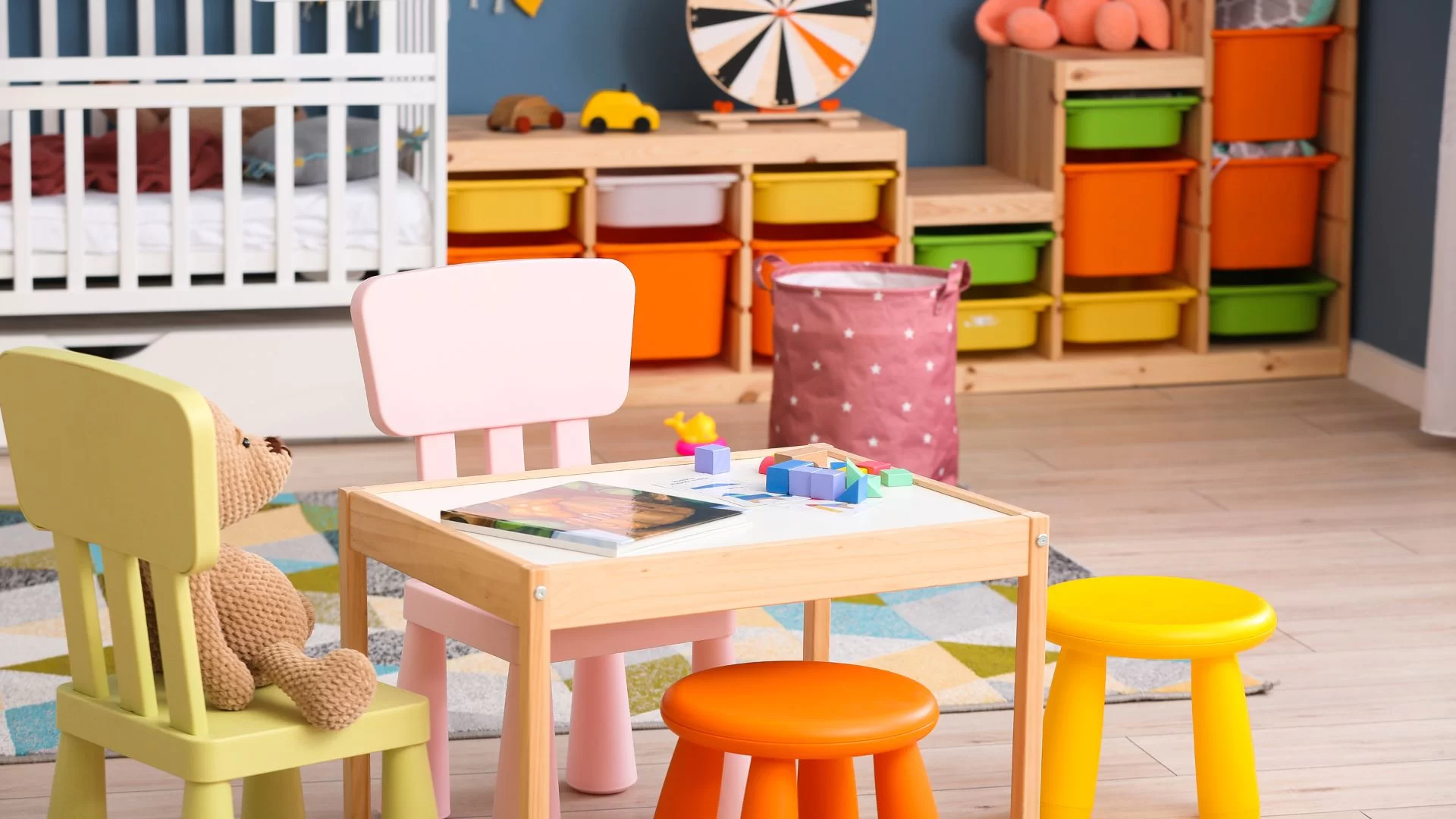How to Choose the Best Preschool Furniture for Early Learning Spaces
Designing an early learning space takes care and attention to detail. Young children need a classroom that feels safe, welcoming, and easy to explore. Every piece of furniture plays a part in how well students learn, play, and grow. Preschool teachers rely on furniture that supports both structure and creativity. From reading corners to art stations, each area needs child-sized items that are simple to use and easy to move. Safety, comfort, and function should guide every furniture choice. With so many preschool furniture solutions available today, it’s important to choose pieces that match the unique needs of early learners. A well-furnished classroom helps children build confidence, curiosity, and social skills from day one.The right setup encourages both active play and quiet focus, making the space feel balanced and supportive.
Think About Safety and Child-Friendly Design
Safety is the top priority when picking furniture for preschool classrooms. Furniture should have rounded edges, low heights, and a sturdy base to keep children safe during play and learning. Materials should be non-toxic, smooth to the touch, and free from small parts that could break off. Teachers need to trust that tables, chairs, and shelves won’t tip or shift as children move around. It helps to choose items with a wide base and strong legs to stay in place even during busy moments. Cleanable surfaces are also important since messes happen often in early learning spaces. By choosing pieces made just for preschoolers, schools can create a safe setting that feels fun and age-appropriate. Every choice should help children feel secure as they explore and learn.
Choose the Right Size for Young Learners
Preschoolers need furniture that fits their small size. Tables and chairs should allow their feet to touch the floor and their arms to rest comfortably while writing or drawing. Furniture that is too big can make children feel unsure or uncomfortable during activities. Adjustable-height tables can be helpful for mixed-age classrooms or fast-growing children. Storage units should also be within reach so that kids can put away toys and supplies on their own. Child-sized furniture supports independence and helps children build routines with ease. When everything fits just right, students feel more at home in their classroom. A good match between size and age improves both comfort and learning.
Support Different Types of Learning Activities
Preschoolers learn in many ways, and their classroom furniture should support all of them. Reading areas need soft seating and low shelves with books that are easy to grab. Art corners should have tables that are easy to clean and chairs that are easy to move. Block play needs open floor space and bins that are simple to open and close. Teachers often rotate activities throughout the week, so movable furniture helps them change the room’s layout quickly. Dividers or shelving units can also be used to break up the space into clear zones. A flexible room layout helps children stay focused and know what to expect. The goal is to support a mix of movement, quiet time, group play, and solo exploration.
Choose Durable and Easy-to-Clean Materials
Preschool classrooms are active, and the furniture needs to keep up. High-quality materials help chairs, tables, and storage units hold up through years of use. Look for furniture made from strong plastic, solid wood, or laminate that resists dents and stains. Surfaces should wipe clean quickly after art projects, snack time, or sensory play. Tables and chairs should also resist tipping and be light enough for teachers to rearrange when needed. Furniture that lasts saves money in the long run and reduces stress on busy school staff. Easy-to-clean pieces also support a healthy classroom by helping teachers keep germs in check. Sturdy furniture brings peace of mind to both staff and parents.
Plan for Growth and Flexibility
Preschool programs change over time, and furniture should be able to grow with them. Neutral colors and simple shapes help items blend into different themes and classroom styles. Tables that can be grouped together or separated offer more layout options as the needs of the class shift. Storage pieces with clear bins or labels make it easy for teachers to change supplies throughout the year. Selecting pieces that are useful in multiple ways helps schools get more value from their investment. With flexible furniture, teachers can create new learning stations without having to start from scratch. Planning for growth allows early learning spaces to stay fresh, fun, and functional over time.
Selecting the right preschool furniture helps create a learning space where young children can feel safe, confident, and ready to grow. From tiny tables to cozy reading chairs, each piece should match the needs of early learners. Safe, child-sized, and durable furniture supports everything from circle time to messy art projects. Flexible designs make it easy for teachers to adapt the room for different lessons and activities. Cleanable surfaces and sturdy frames bring lasting value and ease of use. Schools that invest in thoughtful classroom design give their students a strong start. With the right furniture in place, every preschool day becomes a chance to learn through play. Early learning spaces built with care set the stage for joyful discovery and lifelong learning.

